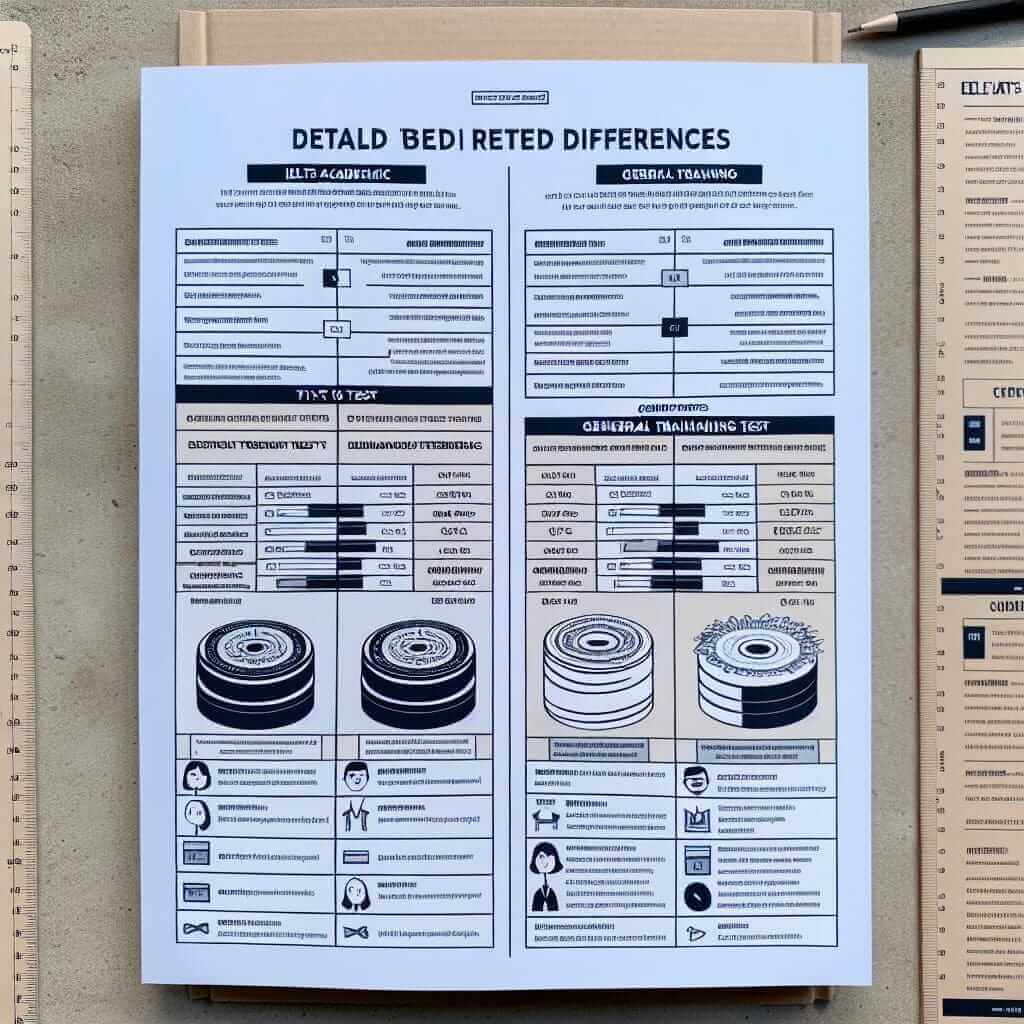As an IELTS instructor with over 20 years of experience, I often encounter students struggling to determine which IELTS test, Academic or General Training, aligns with their aspirations. This decision is crucial, as it dictates the test’s focus and relevance to your goals. This comprehensive guide will delve into the distinctions between IELTS Academic and General Training, empowering you to make an informed choice.
Understanding the Purpose of Each Test
Before dissecting the specific differences, it’s paramount to grasp the core purpose behind each test:
-
IELTS Academic: Designed for individuals aiming to pursue higher education at universities or professional registration in English-speaking countries. This test assesses your readiness for the academic rigors of university-level studies.
-
IELTS General Training: Crafted for those planning to migrate to an English-speaking nation (primarily Australia, Canada, New Zealand, or the UK) or seeking training programs or work experience. It gauges your English language proficiency in everyday social and workplace contexts.
Key Differences Between IELTS Academic and General Training
While both tests evaluate your proficiency in English across four modules – Listening, Reading, Writing, and Speaking – the content and style vary. Let’s explore these differences in detail:
1. Reading Section
-
IELTS Academic: Features extracts from books, journals, magazines, and newspapers, often incorporating academic vocabulary and complex sentence structures. The emphasis is on comprehending arguments, identifying opinions, and understanding academic language.
-
IELTS General Training: Presents texts related to everyday life, such as advertisements, notices, company handbooks, and general interest articles. The focus is on grasping factual information, understanding instructions, and navigating everyday texts.
2. Writing Section
-
IELTS Academic: Task 1 requires describing, summarizing, or explaining visual data presented in graphs, charts, or diagrams. Task 2 involves writing an essay in response to a given opinion, argument, or problem, demanding a more analytical and structured approach.
-
IELTS General Training: Task 1 involves writing a letter in a personal, semi-formal, or formal style for a specific purpose, such as requesting information or explaining a situation. Task 2 also entails essay writing, but the topics are more general and related to everyday issues, requiring a clear and coherent response.

3. Listening and Speaking Sections
Both IELTS Academic and General Training share the same format and assess the same skills in the Listening and Speaking modules. However, the content in the Listening section may differ slightly, with IELTS General Training incorporating more scenarios related to everyday social situations.
Choosing the Right Test
To determine the suitable test, ask yourself these questions:
- What is my primary motivation for taking the IELTS?
- Am I applying to a university or seeking professional registration?
- Am I planning to immigrate or work in an English-speaking country?
If your answer leans towards academic pursuits, IELTS Academic is the appropriate choice. Conversely, if your goal is immigration, work, or training, IELTS General Training aligns better.
Tips for Success
Irrespective of the test you choose, these tips remain universally applicable:
- Familiarize yourself with the test format.
- Practice regularly using authentic IELTS materials.
- Develop strong time management skills.
- Enhance your vocabulary and grammar.
- Seek feedback from experienced IELTS instructors.
Conclusion
Choosing between IELTS Academic and General Training is a pivotal step in your IELTS journey. Understanding the distinctions between the two tests empowers you to select the one that best serves your aspirations. Remember to carefully consider your goals, review the specific differences highlighted in this guide, and prepare diligently to achieve your desired IELTS score.